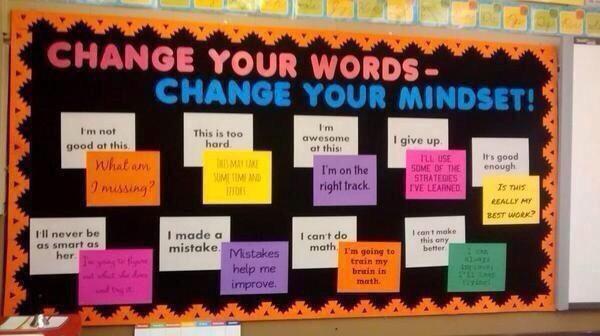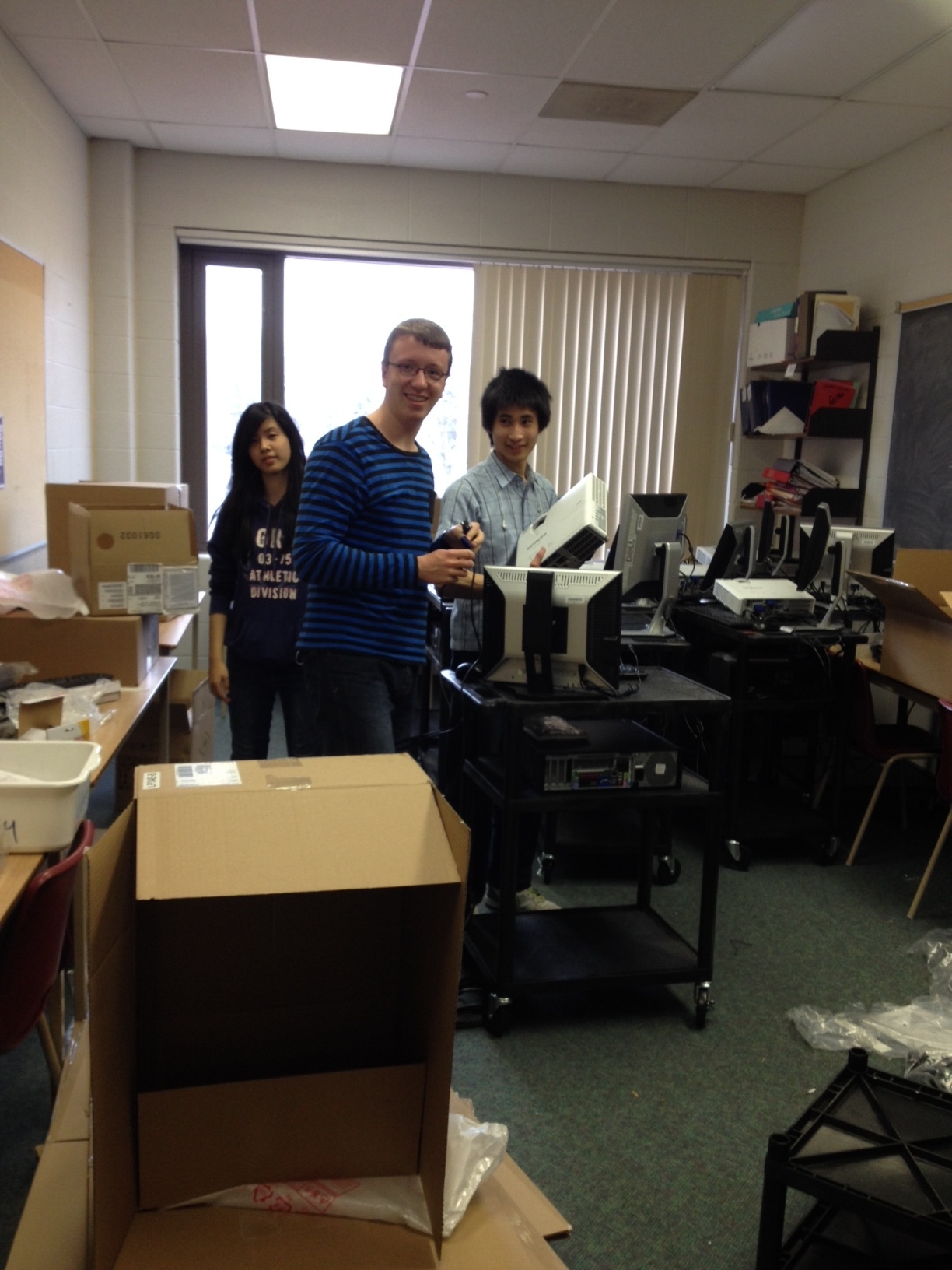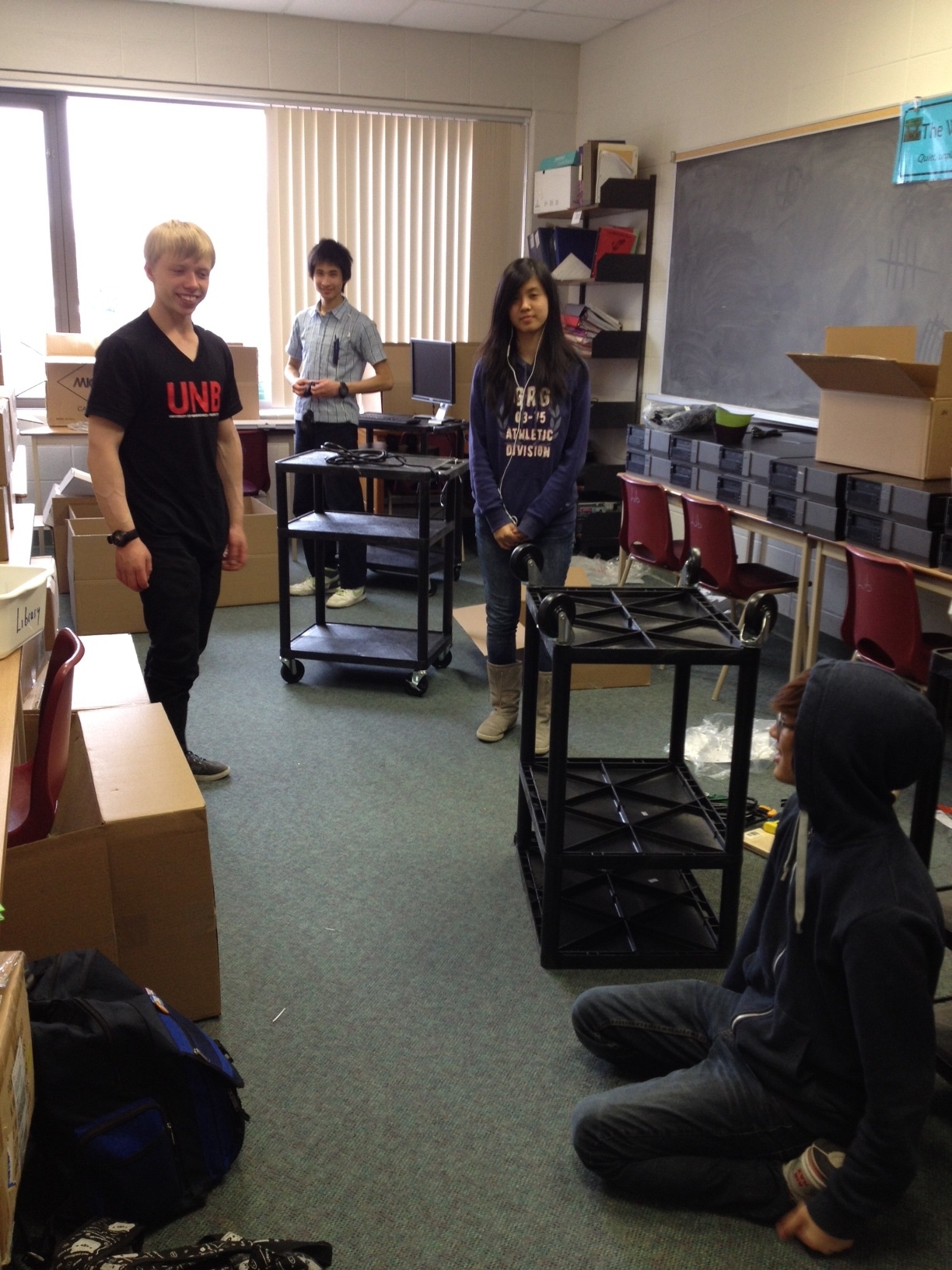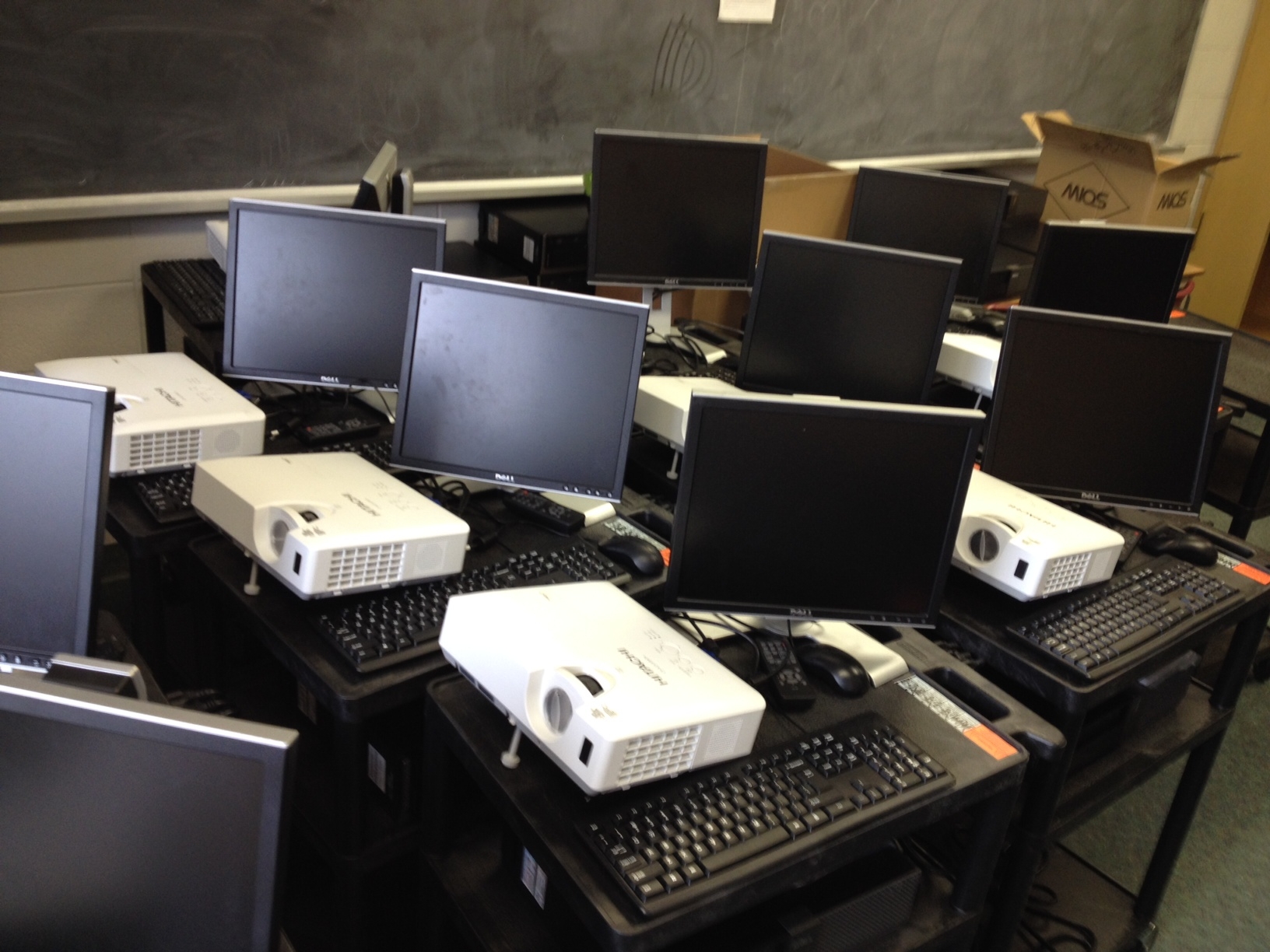Steps for 2D to 3D printing @RCILibrary
EUREKA! We've found a way to include more students in the world of 3D printing allowing them to hand-draw (2D) designs to print.
- Create your drawing, black line on white paper (all lines must touch and not be floating separately unless you intend to put it all on a solid base in step 4.)
- Take a photo of your drawing .
- Import the .svg file into Tinkercad, then add/delete/fix/resize as you wish in Tinkercad (ex. you could add a solid base, or change thickness , fill in gaps etc).
- From Tinkercad, “download for 3D printing” as an .stl file
- Upload the .stl file to cloud.netfabb.com (now https://netfabb.azurewebsites.net/ ) to “fix” any gaps
- Upload/drop the “fixed.stl” file to MakerWare
- In Makerware: resize as you wish, pick which extruder (color) you want, select if it will need supports or a raft, and “make” the .xg3 file, and save the .thing file (as backup, which you can re-edit in Makerware later) (Figure 3).
- Copy the .xg3 file onto the library Makerbot SD card
- Pick a time you have (with library aid) to run the print! (Figure 4)
- the printed item:
@LisaJDempster Riverdale CI Toronto Ontario Canada


























